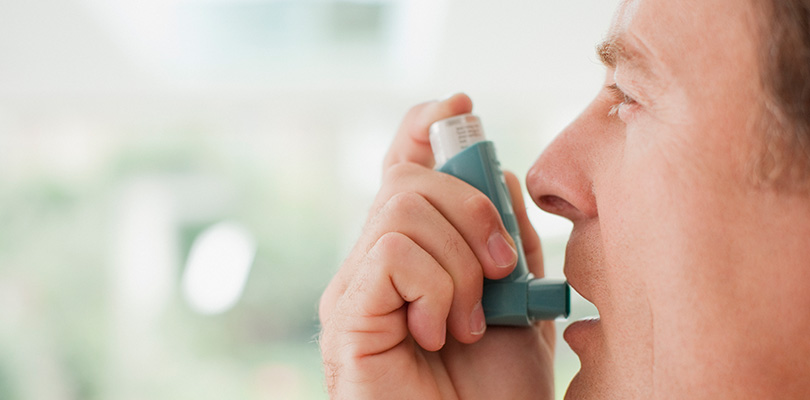
Photo Credit: monkeybusinessimages / istockphoto.com
4. Surgery
In rare, severe cases, COPD is managed with lung reduction surgery. During this procedure the damaged tissues are removed, and therefore the healthy parts of your lungs will have more space to function better.
In other cases, lung transplants may also be recommended. A surgeon will carefully evaluate the risks versus the benefits and decide whether or not an individual is a good candidate for surgery.
Lung reduction surgery has higher risks than heart surgery because COPD sufferers have poor lung function and are older in age when the procedure is recommended. The death rate from this surgery is between 6-10%. Possible complications include air leakage leading to collapse of the lung tissue, pneumonia and other infections, stroke, excessive bleeding, and heart attacks.
Resources
University of Maryland Medical Center (Chronic obstructive pulmonary disease)NetDoctor.co.uk (What happens to your body once you quit smoking?)National Heart, Lung, and Blood Institute (What Is Oxygen Therapy?)University of Maryland Medical Center (Lung Volume Reduction Surgery)Mayo Clinic (Acupuncture)If you suffer from COPD you may be concerned that physical activity will worsen your symptoms.







